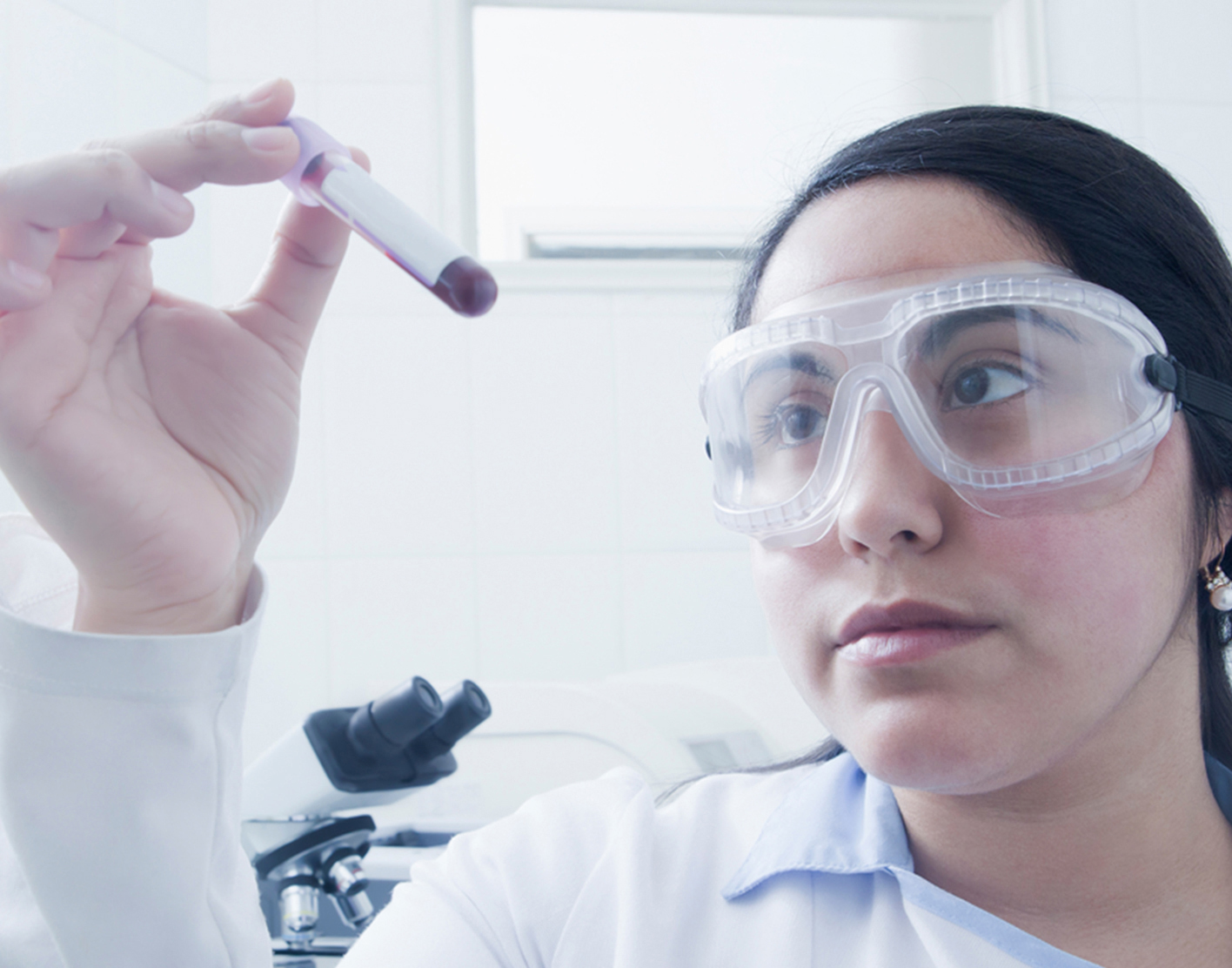
D-xylose absorption
Definition
D-xylose absorption is a laboratory test to check how well the intestines absorb a simple sugar (D-xylose). The test helps detect if nutrients are being properly absorbed.
Alternative Names
Xylose tolerance test; Diarrhea - xylose; Malnutrition - xylose; Sprue - xylose; Celiac - xylose
How the Test is Performed
The test requires a blood and urine sample. These tests include:
Clean catch urine specimen Venipuncture (blood draw)
There are several ways to perform this test. A typical procedure is described below, but make sure you follow the specific instructions you are given.
You will be asked to drink 8 ounces (240 ml) of water that contains 5 teaspoons (25 grams) of a sugar called d-xylose. The amount of d-xylose that comes out in your urine over the next 5 hours will be measured. You may have a blood sample collected at 1 and 3 hours after drinking the liquid. In some cases, the sample may be collected every hour. The amount of urine you produce over a 5-hour period is also checked. Your health care provider will tell you how to collect all of the urine during a 5-hour period.
How to Prepare for the Test
Do not eat or drink anything (even water) for 8 to 12 hours before the test. Your provider will ask you to rest during the test. A failure to restrict activity may affect test results.
Your provider may tell you to stop taking certain medicines that can affect test results. Medicines that can affect test results include aspirin, atropine, indomethacin, isocarboxazid, and phenelzine. DO NOT stop taking any medicine without first talking to your provider.
How the Test will Feel
When the needle is inserted to draw blood, you may feel moderate pain, or only a prick or stinging sensation. Afterward, there may be some throbbing.
Urine is collected as part of normal urination with no discomfort.
Why the Test is Performed
Your provider may order this test if you have:
- Persistent diarrhea
- Signs of malnutrition
- Unexplained weight loss
This test is primarily used to check if nutrient absorption problems are due to a disease of the intestines. It is performed much less often than in the past.
Normal Results
A normal result depends on how much D-xylose is given. In most cases, the test results are either positive or negative. A positive result means that D-xylose is found in the blood or urine and is therefore being absorbed by the intestines.
Normal value ranges may vary slightly among different laboratories. Some labs use different measurements or test different samples. Talk to your provider about the meaning of your specific test results.
What Abnormal Results Mean
Lower than normal values may be seen in:
Celiac disease (sprue) Crohn disease Giardia lamblia infestationHookworm infestationLymphatic obstruction Radiation enteropathy - Small intestinal bacterial overgrowth
Viral gastroenteritis Whipple disease
Risks
There is little risk involved with having your blood taken. Veins and arteries vary in size from one person to another and from one side of the body to the other. Taking blood from some people may be more difficult than from others.
Other risks associated with having blood drawn are slight, but may include:
- Fainting or feeling lightheaded
- Multiple punctures to locate veins
- Hematoma (blood buildup under the skin)
- Excessive bleeding
- Infection (a slight risk any time the skin is broken)
Considerations
Multiple tests may be necessary to determine the reason for
References
Floch MH. Evaluation of the small bowel. In: Floch MH, ed. Netter's Gastroenterology. 3rd ed. Philadelphia, PA: Elsevier; 2020:chap 62.
Semrad CE. Approach to the patient with diarrhea and malabsorption. In: Goldman L, Cooney KA, eds. Goldman-Cecil Medicine. 27th ed. Philadelphia, PA: Elsevier; 2024:chap 126.
Siddiqi HA, Rabinowitz S, Axiotis CA. Laboratory diagnosis of gastrointestinal and pancreatic disorders. In: McPherson RA, Pincus MR, eds. Henry's Clinical Diagnosis and Management by Laboratory Methods. 24th ed. St Louis, MO: Elsevier; 2022:chap 23.
Review Date: 31/03/2024
The information provided herein should not be used during any medical emergency or for the diagnosis or treatment of any medical condition. A licensed physician should be consulted for diagnosis and treatment of any and all medical conditions. Call 911 for all medical emergencies. Links to other sites are provided for information only -- they do not constitute endorsements of those other sites. Copyright ©2019 A.D.A.M., Inc., as modified by University of California San Francisco. Any duplication or distribution of the information contained herein is strictly prohibited.
Information developed by A.D.A.M., Inc. regarding tests and test results may not directly correspond with information provided by UCSF Health. Please discuss with your doctor any questions or concerns you may have.



























